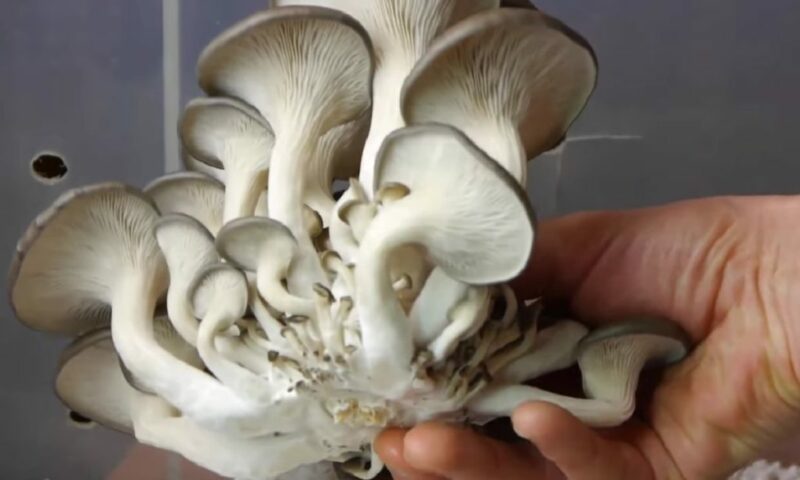By Spy Uganda
There are two schools of thought among foragers on the best way to actually “pick” a mushroom. One asserts that fruit bodies should be cut off where they join the ground (or whatever they are growing from) so as not to damage the delicate mycelium below. The other prefers to twist and pull the mushroom from the mycelium.
The truth is that it makes very little difference to the fungus either way, in the same way that it makes little difference to an apple tree whether you cut or pick its apples.
The most important ecological consideration is that the fungi has been allowed to mature to a point where it has distributed most of its spores.
On the whole, many generally use the cutting method when picking easily identified species as it minimises disturbance. The accurate identification of some species (notably of the Amanita genus), however, can rely on minute identification features at and just below ground level. In these instances it can be necessary to uproot the entire specimen before covering up the exposed mycelium to keep it from drying out.
I generally advocate the following guidelines:
1. Don’t pick chanterelles, hedgehog mushrooms, winter chanterelles and other small mushrooms that have a cap diameter less than 2cm. Similarly, ensure boletes, russulas, horse mushrooms, parasols and other larger mushrooms have caps larger than 4cm diameter.
2. When you are picking a patch of fungi, try to leave the smallest 50%, regardless of size.
3. Where mushrooms are growing in pairs (commonly chanterelles), only pick one.
4. Collect mushrooms into a basket or porous cloth bag that will allow spores to disperse as you move – not a plastic bag. Place the mushrooms in the basket with their gill/pores facing down.
5. Try to identify mushrooms without picking them. Often accurate identification requires close examination from all angles, but I often see people picking before they engage their brain, needlessly uprooting inedible mushrooms.
6. Dipose of mushroom trimmings and waste in a similar habitat to the one you picked it in.Its best to trim and clean them in situ, which also means dirt and debris doesn’t get lodged in gills or pores, making them much harder to clean when you get them home.
With a few exceptions for highly invasive species such as honey fungus, these rules help support mycological diversity. Fungi perform a crucial job, breaking down debris, nurturing trees and building soils, as well as being a valuable food and home for insects. Following these rules will allow you to harvest on a regular basis with a happy heart and a clear conscience.







